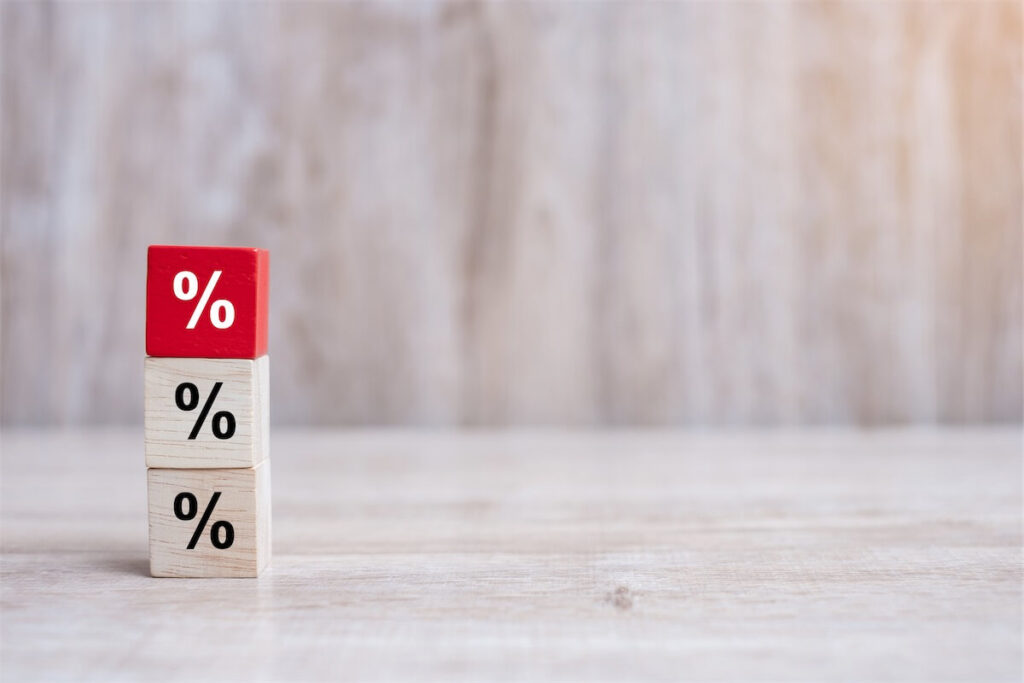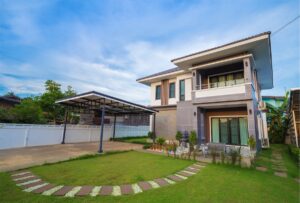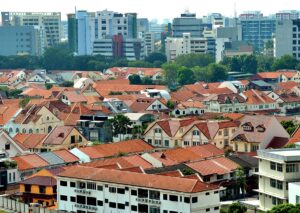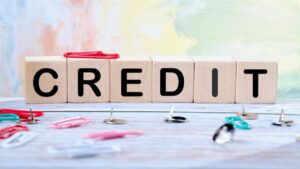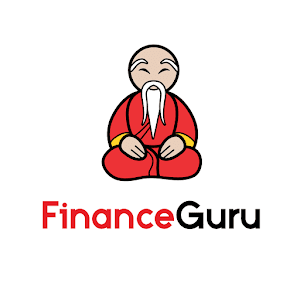When you take out a mortgage loan, the interest rate you’ll have to pay will vary depending on the type of loan you take. Whether you’re looking at a home loan for HDBs or private homes, there are many options, and here’s where the Interest Rate Cycle comes into play.
Often, mortgage brokers use the Interest Rate Cycle to give you advice on the best moves to make when you’re mortgage planning.
A brief rundown of mortgage loans in Singapore
There are typically 2 mortgage loan options homeowners in Singapore look at.
If you take an HDB loan, you’re looking at a 2.6% interest rate for the entire course of the loan. Conversely, you might take out a bank loan, which can be a fixed-rate home loan or a floating-rate home loan.
Picking a fixed-rate home loan might mean the stability and security of having to pay a fixed interest rate, no matter how drastically the housing market might fluctuate. However, fixed-rate home loans might have higher premiums and might be more expensive than floating rates by about 0.3% in annual interest.
On the other hand, floating-rate loans have interest rates that vary and move over time. Making the right moves could mean you’ll end up spending a lot less money than you would on an HDB loan.
Understanding the Interest Rate Cycle can be a lifesaver in this situation. It could help you apply different mortgage strategies whenever you’ve got the opportunity to refinance or reprice your loan.
Over time, knowing how to make the best of floating-rate loans could result in a load of savings for you. But go in blind, and you might end up overpaying overtime, especially in comparison to an HDB loan or fixed-rate bank loan.
Learn more about types of home loan for different property types here.
So, what is the Interest Rate Cycle exactly?
In most financial markets and economies, central banks use interest rates to control economic activity, increasing and slowing it to their advantage. Gradually, this makes interest rates move in cycles. It’s a continuous trend that’s called the Interest Rate Cycle.
The Interest Rate Cycle tends to start with weak growth. In this phase, interest rates are typically lower to help rejuvenate the economy. Businesses will also find it easier to borrow money to invest and grow.
For homeowners, this might mean low-interest rates. During this phase, homeowners might find it highly advantageous to leverage low floating rates instead of tying themselves down to higher floating rates.
In the middle, the Interest Rate Cycle shows improving growth. During this phase, there’s usually an upward pressure on currency after a flurry of investments and other activity in the previous phase that would have strengthened the economy. Because the economy has strengthened, inflation begins to take effect.
For homeowners, this means hikes in interest rates. Many might start to opt for fixed rates for financial security if the increase in floating rates becomes too much of a load to bear.
And as the cycle draws to its end, it reaches a boom. As inflation increases and banks continue to raise their interest rates, it becomes more expensive for businesses to borrow money and grow. This, in turn, slows demand and causes an appreciation of currency.
For homeowners, this means expensive interest rates at their peak. They might want to hold on to fixed rates for a while.
Eventually, as rates continue to hike, markets come crashing down yet again, marking the start of a new cycle. This is an integral part of how the economy sustains itself as it waxes and wanes.
Here’s a summary of the different stages of the interest rate cycle we have just covered:
| Stage | What happens at this stage? | What it means for homeowners |
|---|---|---|
| Weak Growth | Interest rates are typically lower. | Low-interest ratesHighly advantageous to leverage on low floating rates |
| Improving Growth | Upward pressure on currencyInflation begins to take effect | Hikes in interest ratesMight be best to opt for fixed rates for financial security |
| The Boom | Inflation increases Interest rate raisesAppreciation of currency | Expensive interest rates at their peakMight be best to hold on to fixed-rate plans |
Now that we know what the Interest Rate Cycle is, let’s give it some more context with how the Interest Rate Cycle ran its course over the last few years, up till now.
We’ll also run through some advised scenarios of what the various stages might’ve meant for homeowners.
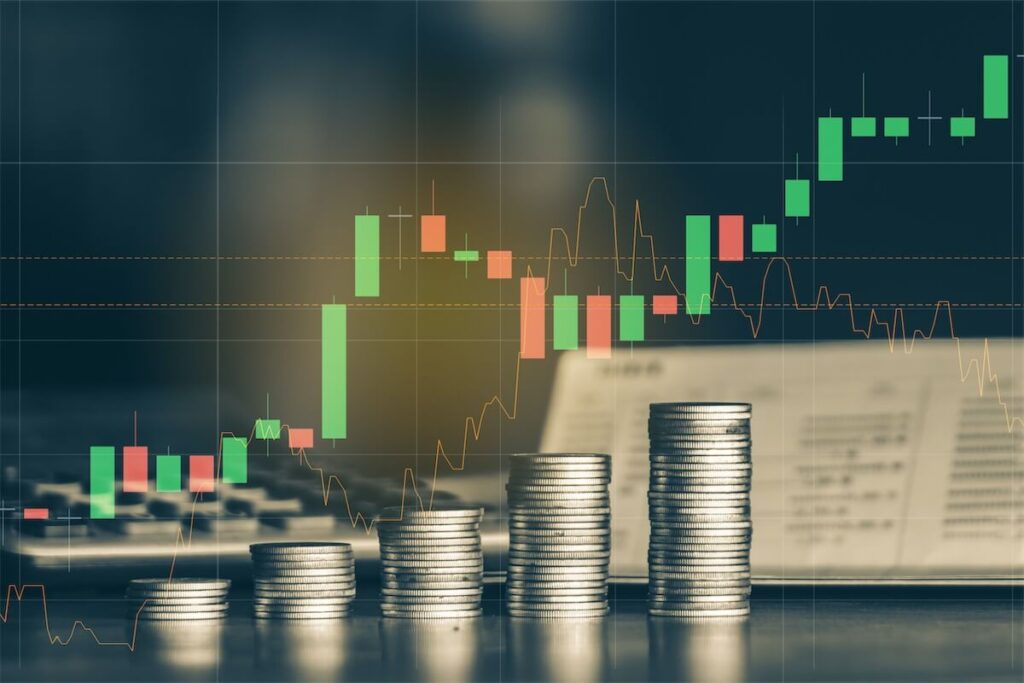
Interest Rate Cycle: Weak Growth (2009-2015)
In 2008, the world was coming to the end of an economic crisis considered to have been the most serious financial crisis since the Great Depression. That is, prior to the COVID-19 recession.
During this time, the US Federal Reserve (Fed) took on a quantitative-easing programme over a 4-year time period, from 2009-2012.
Through the aggressive purchase of mortgage-backed securities, bonds, and treasures, funds of the US Fed went from US$1.5t to over US$4.5t.
Meanwhile, US Fed and SIBOR (floating rates) remained low, at about 0.40%-0.50% for almost 6 years, from 2009-2014.
While this did not exactly lead to the hyper-inflation that they’d been hoping for, investors eagerly snatched any opportunity to purchase financial and real estate assets all over the world.
In this hunger for high returns and yields, the stock market and property prices were driven upwards fast.
During this time, with low floating rates, it would have been advisable for homeowners to keep themselves on the lower end of floating rates. Meanwhile, they should also have sought shorter lock-in periods on their loans.
This would’ve helped them remain nimble, to adjust and refinance their loan when interest rates change.
READ: SIBOR, SORA, SOR, board rates, what do they mean?
Interest Rate Cycle: Improving Growth (2016-2018)
In December 2015, US Fed increased rates. However, SIBOR had already gotten an early head start because of booming increases over the year before.
While this might have been termed a false start, SIBOR eased its way back to stability over the 2 years that followed.
This, in part, happened because of Singapore’s economy shutting down, with a shaky oil and gas market tiding badly for the asset bases and loan books of banks.
Read more about the SIBOR transition in Singapore here.
During this time, homeowners and investors who had switched to fixed rates in early 2015 might have found themselves feeling shortchanged. As their 2-year lock-in periods draw to a close, prevailing rates may not have risen like they’d expected it to.
As US Fed rates continued to hike, fixed home loan rates in Singapore skyrocketed to 2.48%-2.58% by early 2019. And so, banks in Singapore began to urge homeowners to reprice their loans with fixed rates.
While such spikes in interest rates tend to not last beyond 3 – 4 years, it would have been advisable for homeowners to look towards fixed rates, but with lower lock-in periods during that time.
Some who’d committed to fixed rates between 4 – 5 years may have regretted their decision in the year to come.
By the time it was mid-2019, the rise in interest rates had stalled, and they began to reverse.
Interest Rate Cycle: The Boom (2019-2020)
In early 2019, fixed rates hit a high of 2.58%. During this time, it was worth noting that the US Fed would likely not continue to hike its prices with the same momentum that it had before.
This was because it would have been detrimental to financial markets, with the potential for interest rates to have risen as high as 4%-5% like they had in 2006.
And as COVID-19 hit, homeowners and investors who had switched to floating rates before the boom was able to reap the rewards of their choice even further.
Floating rates continued to plummet and crashed in March 2020.
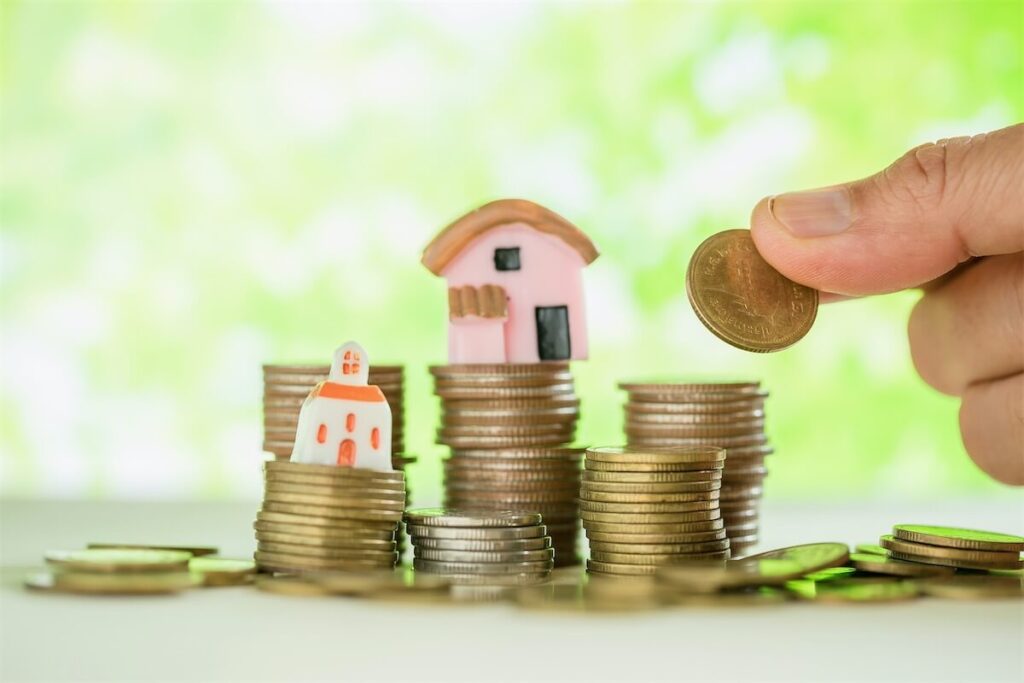
The Interest Rate Cycle in 2021 and what you should do for your home loan in Singapore
In March 2021, SIBOR rates were as low as 0.28%. With that said, fixed rates are also at an all-time low, ranging between 1.10%-1.30%.
Would you rather stay on floating rates during this period of weak growth, or would you rather capitalise on the low fixed rates the market has to offer?
To make the best decision, you can leverage the collective expertise and experience of FinanceGuru.
Not only will you unlock plenty of savings by optimising your home loan, you’ll also get to learn from the insight of trusted mortgage brokers who’ve made a career out of observing Interest Rate Cycles.
Let us walk you through the Interest Rate Cycle and help you decide on your home loan in Singapore. Get a non-obligatory assessment and loan recommendations today.


